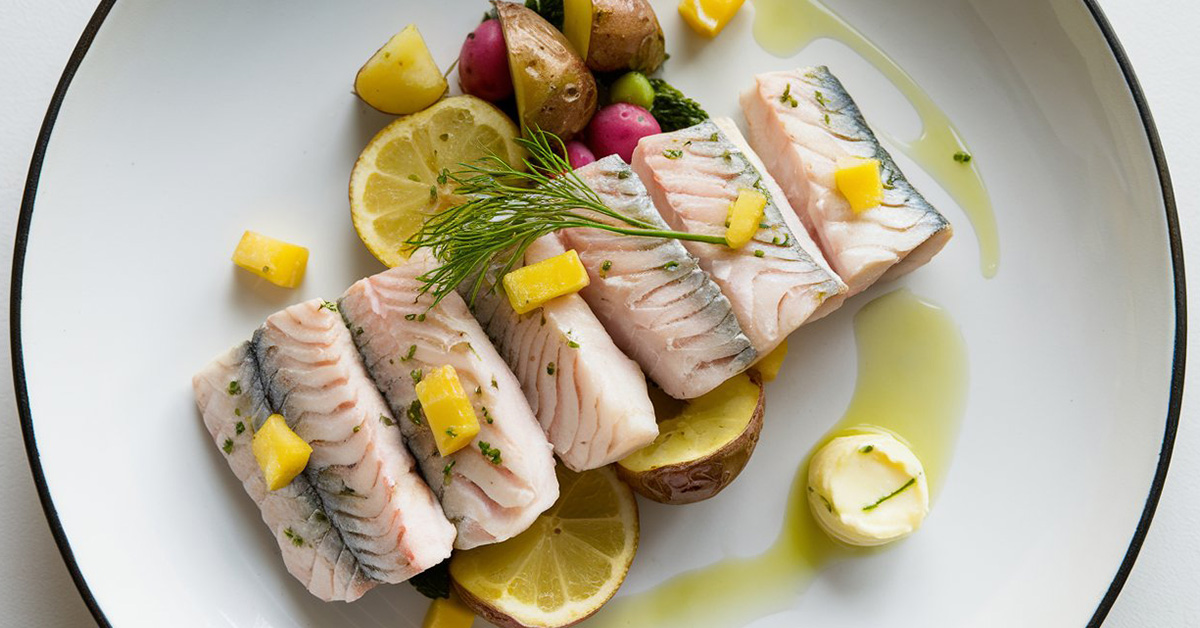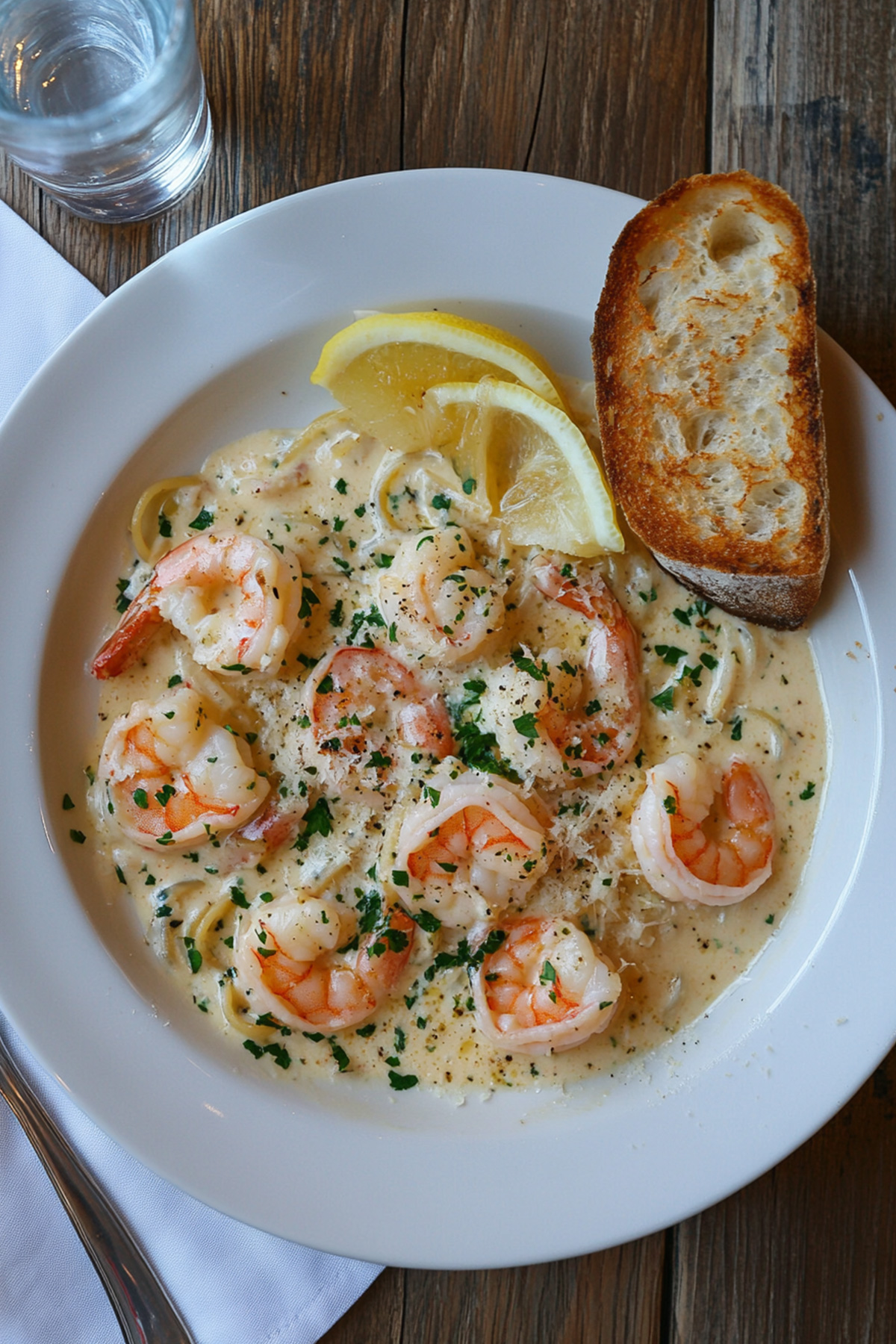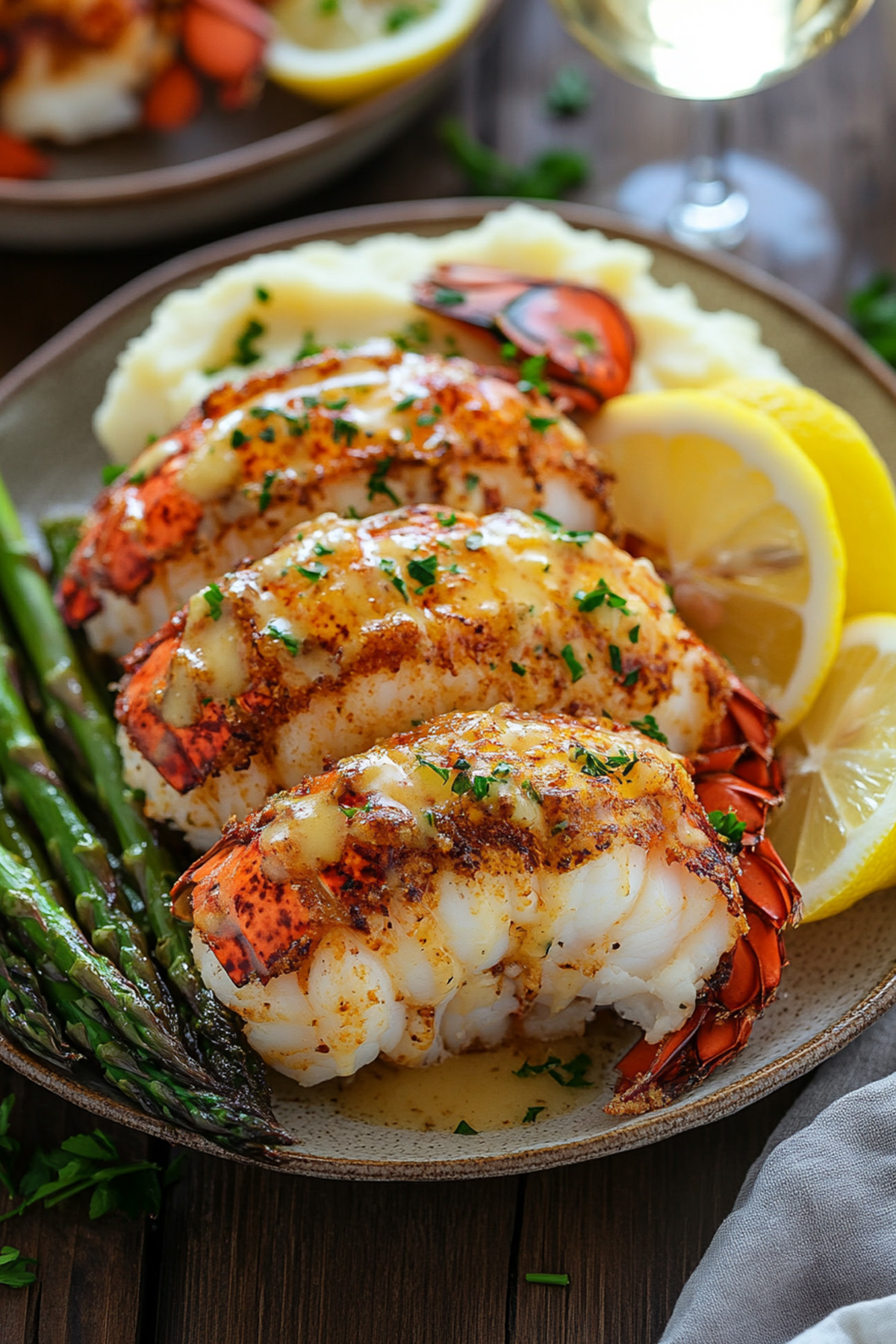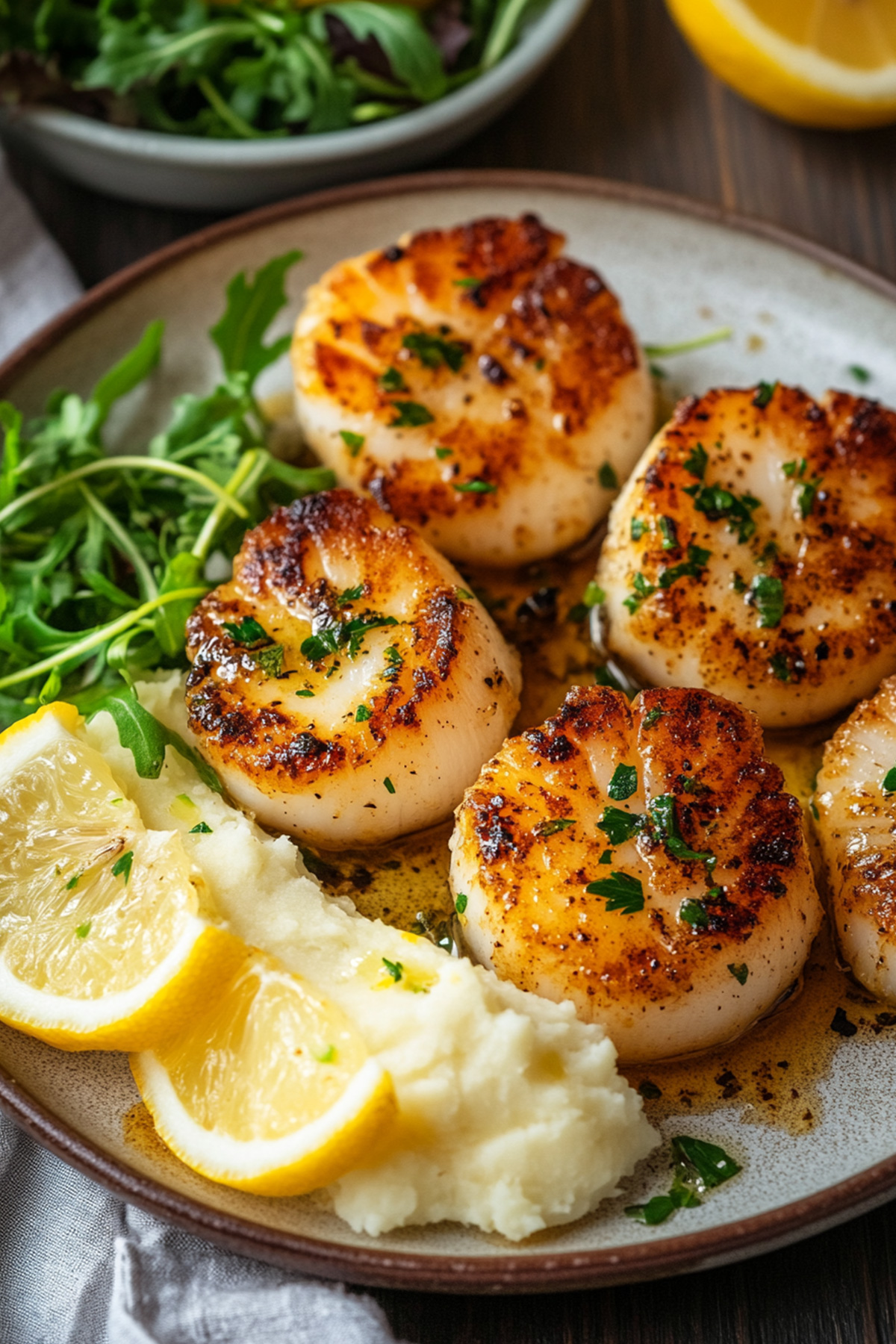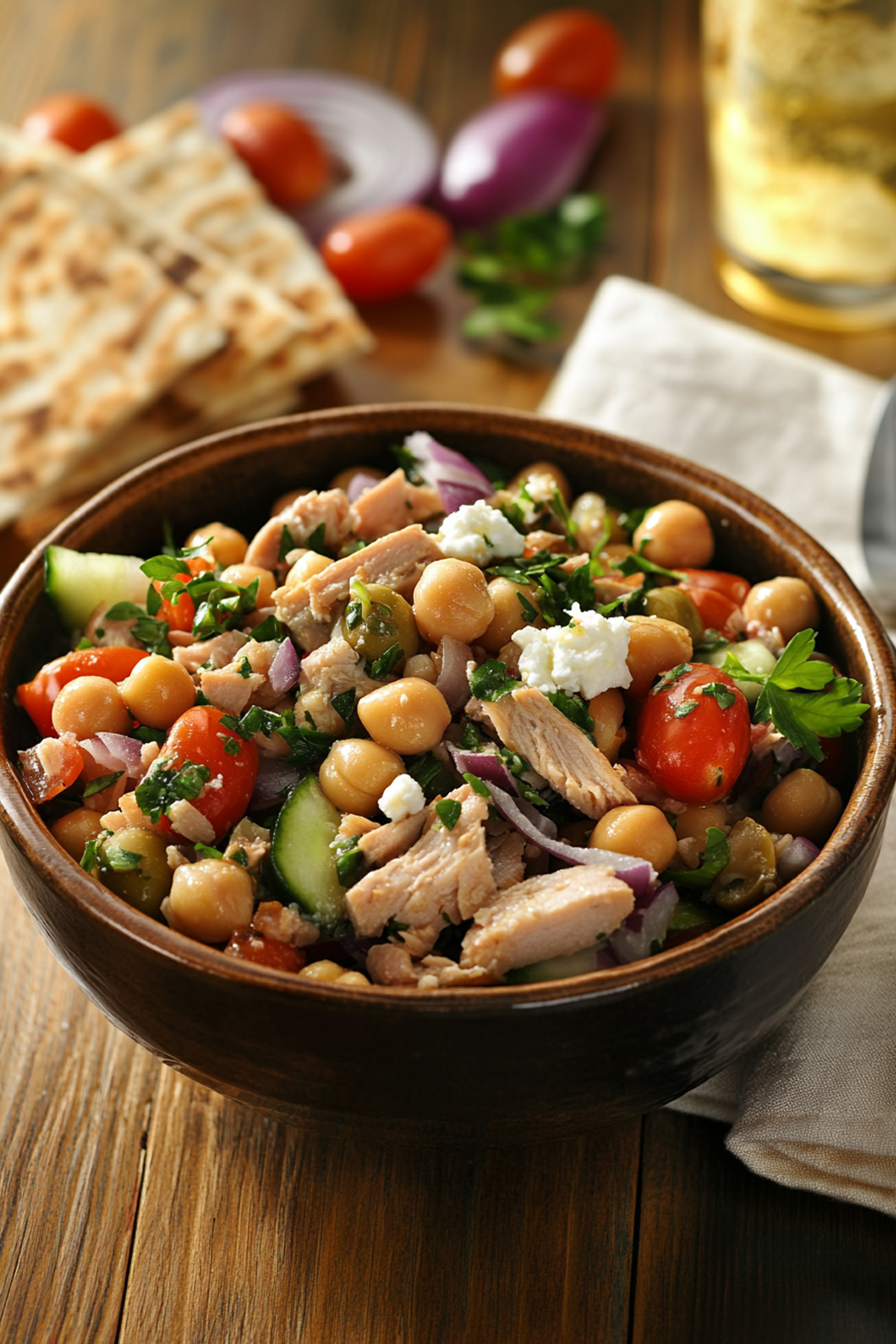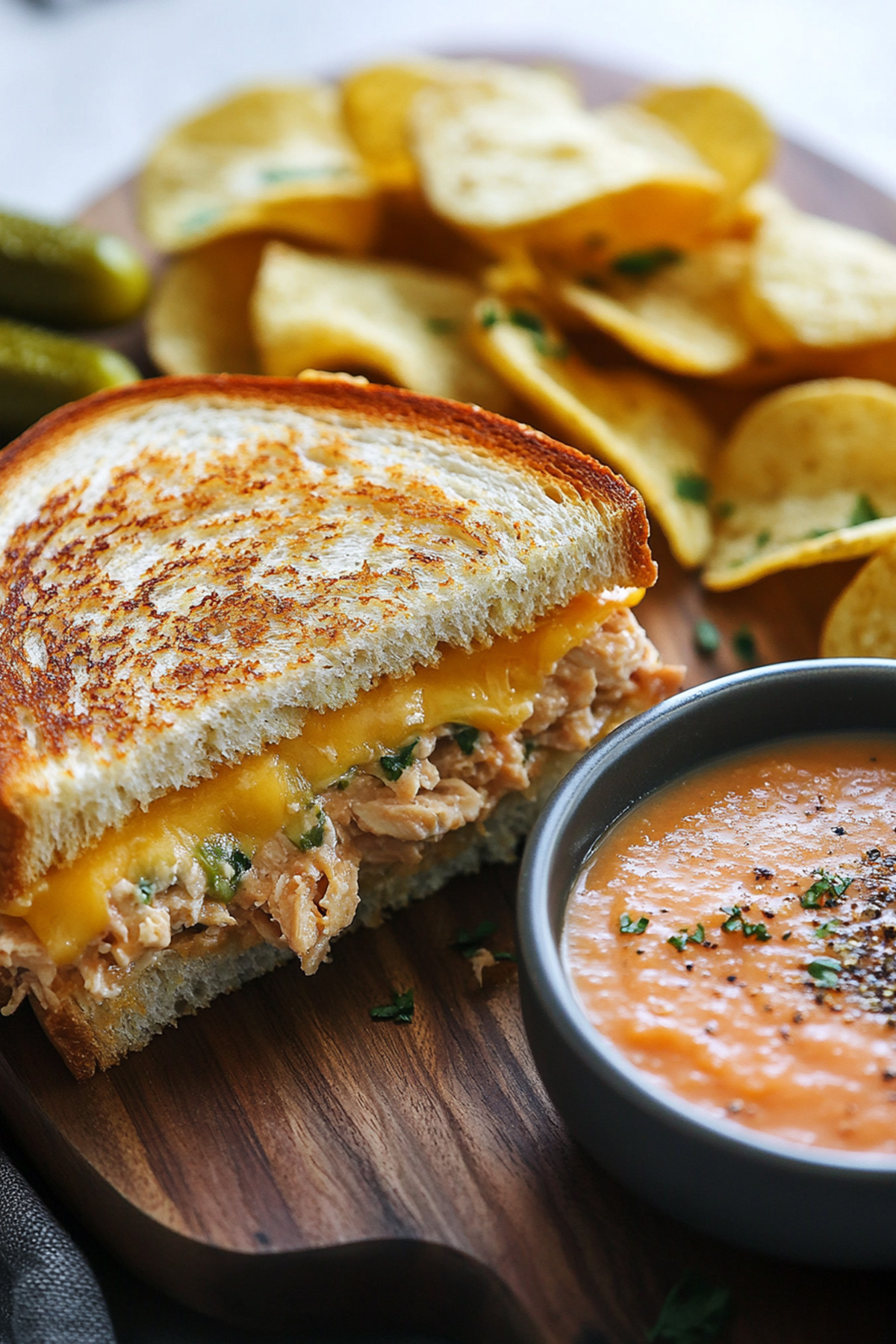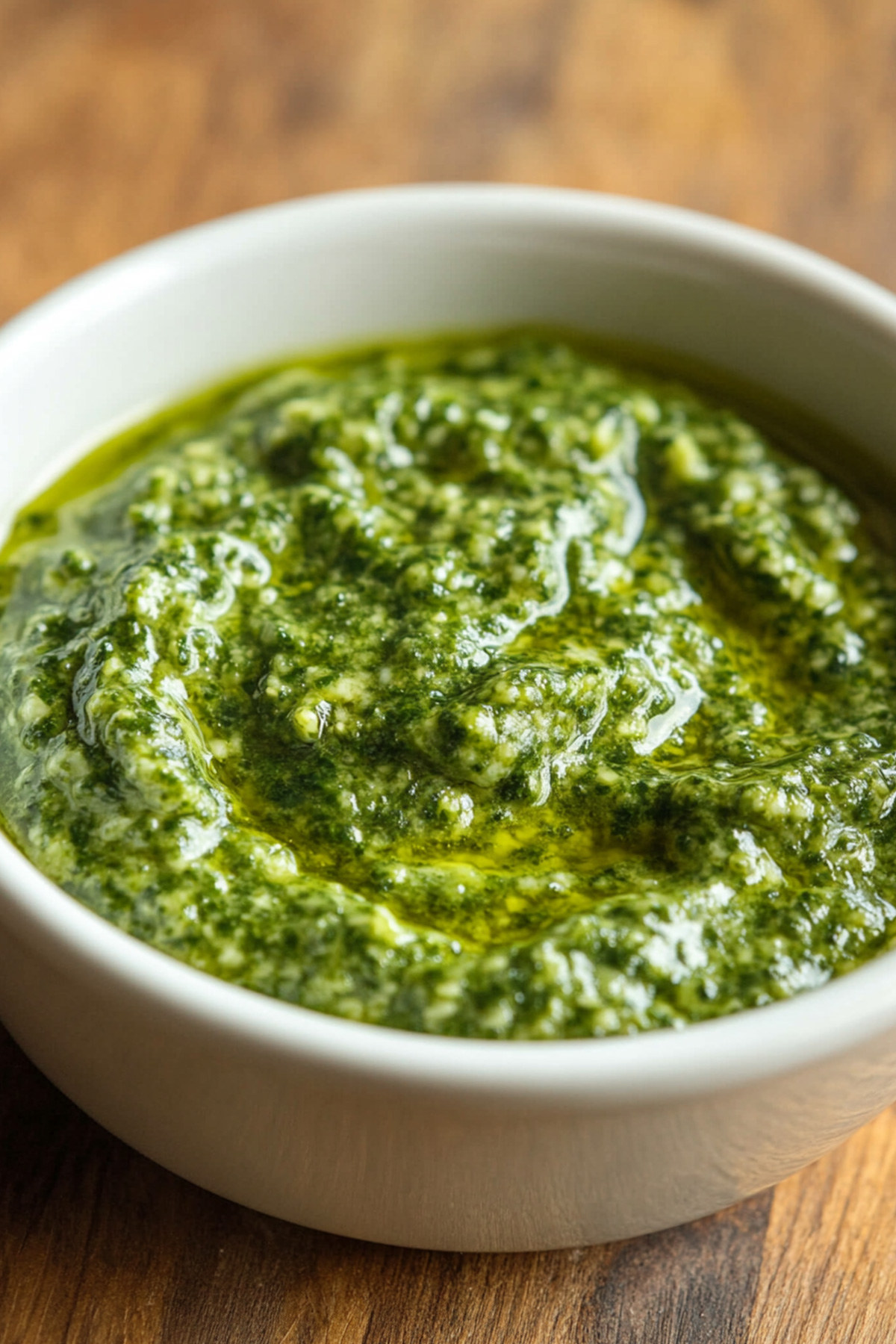Disclosure: As an Amazon Associate and participant in other affiliate programs, we earn from qualifying purchases. We only recommend products we believe will provide value to our readers.
Salt Baked Fish is a culinary tradition that has captivated imaginations for generations, embodying the ancient art of salt baking. This technique, renowned for enhancing the natural flavors of fish, finds a perfect match in Arctic char. Stemming from age-old cooking practices, salt baking involves encasing the fish in a crust of salt, which serves as a natural oven, preserving moisture and imparting delicate flavors to the fish.
For food enthusiasts, home cooks, and sustainable eaters, mastering salt-baked Arctic char presents an opportunity to transform a simple meal into an extraordinary gastronomic experience. Not only does this technique enhance the fish’s natural flavors, but it also results in a succulent, tender texture that is hard to replicate with other cooking methods. In this article, we delve into the numerous benefits, detailed techniques, and unique flavors that make salt-baked fish a cherished delight among culinary aficionados.
Table of Contents
The Magic of Salt Baked Fish
Salt baking is a technique that has enchanted chefs and home cooks alike for centuries. By encasing the fish in a thick layer of salt, the method locks in natural moisture and enhances the fish’s delicate flavors. This culinary marvel creates a subtle interplay of taste and texture, captivating the palates of those fortunate enough to indulge.
The salt crust acts as a natural sealant, trapping steam and juices within. This results in a moist, tender interior that is infused with the gentle flavors of the fish itself. The simplicity of this technique belies its elegance, offering a fuss-free way to prepare a dish that consistently impresses.
Beyond its flavor-enhancing properties, salt baking also offers a visual spectacle. The moment the crust is cracked open at the table is akin to unwrapping a gift, unveiling the aromatic, perfectly cooked fish within. The ritualistic aspect of serving salt-baked fish adds an element of excitement and anticipation to any meal.
The History of Salt Baking
Salt baking is a culinary technique with ancient roots, tracing back thousands of years when it was first practiced by cultures living along the Mediterranean Sea. The method likely originated as a way to preserve and cook seafood in an era before modern refrigeration. Ancient Greeks and Romans utilized salt not only as a preservative but also as a cooking medium, harnessing its ability to lock in moisture and enhance the natural flavors of food. The technique spread across Europe and into Asia, adapted to fit local culinary traditions and ingredients.
In China, for example, salt-baked chicken became a celebrated dish, using a different approach with influences from traditional Chinese cooking. Each culture that embraced salt baking contributed its unique twist, creating a rich tapestry of flavors and methods that continue to be refined. Over time, chefs have evolved the technique from its humble preservative origins into an art form, experimenting with diverse proteins and flavor infusions. Today’s salt baking is valued not just for its functional benefits but for the elegant final presentation and the nuanced flavors it brings to a dish, demonstrating how a simple ancient practice can evolve into a sophisticated culinary tradition enjoyed worldwide.
Why Choose Arctic Char?
Arctic char, a fish closely related to salmon and trout, boasts a unique flavor profile that lends itself beautifully to salt baking. With its firm yet delicate texture, Arctic char offers a buttery richness that is both satisfying and luxurious. Its subtle sweetness pairs harmoniously with the salt crust, creating a balanced dish that never overwhelms the palate.
From a nutritional standpoint, Arctic char is a powerhouse. Rich in omega-3 fatty acids, this fish supports heart health and brain function. Additionally, it provides essential vitamins and minerals, making it a healthy choice for those seeking to nourish their bodies while delighting their taste buds.
For the environmentally conscious, Arctic char is a sustainable option. Often farmed in eco-friendly conditions, it represents a responsible choice for those who prioritize sustainability in their culinary endeavors. Choosing Arctic char not only supports sustainable fishing practices but also introduces a unique flavor to your salt-baked creations.

Salt Baked Fish with Arctic Char
- Total Time: 55 minutes
Ingredients
- Arctic char (whole, cleaned, and scaled)
- Coarse sea salt (enough to cover the fish)
- Fresh herbs (such as dill or rosemary, for stuffing)
- Lemon slices (for added flavor)
- Egg whites (to bind the salt crust)
Instructions
Begin by selecting a fresh, high-quality Arctic char. Look for clear eyes, vibrant skin, and firm flesh, ensuring the fish is at its peak for baking. Once you’ve chosen your fish, it’s essential to clean and prepare it appropriately. Rinse it under cold water, pat dry, and ensure all scales are removed.
Next, create the salt crust by mixing coarse sea salt with egg whites until it reaches the consistency of wet sand. This mixture will form the protective barrier that encases the fish, retaining moisture and flavor throughout the baking process.
- Preheat the Oven: Set your oven to 400°F (200°C), allowing it to reach the ideal temperature for baking.
- Prepare the Baking Tray: Line a baking tray with parchment paper to prevent sticking and facilitate easy cleanup.
- Create a Salt Bed: Spread a base layer of the salt mixture on the tray, forming a bed for the fish to rest on.
- Stuff the Fish: Gently stuff the cavity of the Arctic char with fresh herbs and lemon slices, infusing it with subtle, aromatic flavors.
- Encasing the Fish: Place the stuffed fish on the salt base and cover it completely with the remaining salt mixture, pressing gently to mold it to the fish’s shape.
- Bake to Perfection: Transfer the tray to the preheated oven and bake for approximately 30-40 minutes, adjusting for the size of the fish.
- Rest and Reveal: Once baked, allow the fish to rest for a few minutes before cracking open the crust to reveal the moist, tender treasure within.
- Prep Time: 15 minutes
- Cook Time: 40 minutes
- Category: Seafood
- Method: Baking
Ingredients for Salt Baked Fish
To create the perfect salt-baked Arctic char, you’ll need:
- Arctic char (whole, cleaned, and scaled)
- Coarse sea salt (enough to cover the fish)
- Fresh herbs (such as dill or rosemary, for stuffing)
- Lemon slices (for added flavor)
- Egg whites (to bind the salt crust)
These simple ingredients come together to form a harmonious blend of flavors and textures that highlight the natural beauty of the fish.
Step-by-Step Baking Instructions
Begin by selecting a fresh, high-quality Arctic char. Look for clear eyes, vibrant skin, and firm flesh, ensuring the fish is at its peak for baking. Once you’ve chosen your fish, it’s essential to clean and prepare it appropriately. Rinse it under cold water, pat dry, and ensure all scales are removed.
Next, create the salt crust by mixing coarse sea salt with egg whites until it reaches the consistency of wet sand. This mixture will form the protective barrier that encases the fish, retaining moisture and flavor throughout the baking process.
Step-by-Step Baking Instructions:
- Preheat the Oven: Set your oven to 400°F (200°C), allowing it to reach the ideal temperature for baking.
- Prepare the Baking Tray: Line a baking tray with parchment paper to prevent sticking and facilitate easy cleanup.
- Create a Salt Bed: Spread a base layer of the salt mixture on the tray, forming a bed for the fish to rest on.
- Stuff the Fish: Gently stuff the cavity of the Arctic char with fresh herbs and lemon slices, infusing it with subtle, aromatic flavors.
- Encasing the Fish: Place the stuffed fish on the salt base and cover it completely with the remaining salt mixture, pressing gently to mold it to the fish’s shape.
- Bake to Perfection: Transfer the tray to the preheated oven and bake for approximately 30-40 minutes, adjusting for the size of the fish.
- Rest and Reveal: Once baked, allow the fish to rest for a few minutes before cracking open the crust to reveal the moist, tender treasure within.
Tips for Perfecting Salt Baking
- Select the Right Fish: When choosing fish for salt baking, opt for varieties that are rich and robust in flavor, like Arctic char, sea bass, or snapper. Their firm texture allows them to hold up well under the weight of the salt crust.
- Ensure Even Coating: For the salt crust to cook evenly, it’s essential to maintain a consistent thickness across the entire fish. Press the salt mixture firmly to adhere properly and conform to the fish’s shape securely.
- Monitor the Temperature: Use an oven thermometer to ensure your oven maintains a consistent temperature. If you notice any hotspots or fluctuations, adjust as necessary to prevent uneven cooking.
- Experiment with Flavors: While traditional salt baking recipes call for herbs and citrus, don’t hesitate to try other flavor profiles. Adding spices like star anise or fennel seeds can create unexpected yet delightful nuances.
- Master the Crack: When it’s time to serve, use a blunt object like the back of a knife to gently tap the salt crust, starting at the tail and working your way forward. This ensures a clean break and prevents any shell fragments from falling onto the fish.
- Retain the Moisture: Let the fish rest in its salt encasing for a few minutes post-bake; this allows the juices to redistribute, keeping it succulent upon serving.
- Presentation Matters: Arrange the cracked salt crust beside the fish on the serving platter for a dramatic visual effect, reminding diners of the age-old culinary technique used to craft their meal.
By employing these tips and refining your salt-baking skills, every dish you create can become a testament to the timeless art of using salt as both a seasoning and a cooking medium. Enjoy the process and the delicious rewards that follow!
You may like also: Breaded Grilled Fish
Nutritional Benefits of Arctic Char
Arctic char is a nutritional powerhouse, making it an ideal choice for those pursuing a heart-healthy diet. Its high omega-3 fatty acid content is comparable to that found in other fatty fish like salmon and mackerel. Omega-3s are essential for maintaining cardiovascular health, reducing inflammation, and supporting brain function. Additionally, Arctic char is rich in high-quality protein, essential vitamins such as vitamin D and B12, and minerals like selenium and potassium.
One of the standout benefits of Arctic char is its lower mercury content compared to other popular fish, making it a safer option for regular consumption. This versatile fish boasts a delicate, mild flavor that appeals to both seafood enthusiasts and those new to fish. Incorporating Arctic char into your diet can foster overall well-being while delighting your taste buds with its unique, succulent texture.
[source]
Enhance the Experience with Elegant Serving Suggestions
Accompany your salt-baked Arctic char with a selection of delectable side dishes to create a memorable meal. Roasted vegetables or a fresh, crisp salad complement the fish’s richness without overpowering its delicate flavors. Consider pairing it with a lemon-butter sauce or a zesty caper relish to enhance its natural taste.
For presentation, serve the fish whole on a platter, allowing guests to partake in the shared experience of cracking the salt crust. Garnish with sprigs of fresh herbs and lemon wedges for an elegant touch that pleases both the eyes and the palate.
Common Mistakes to Avoid
- Using Too Little Salt: One of the most frequent errors in salt baking is not using enough salt for the crust. An insufficient amount can lead to uneven cooking and result in parts of the fish remaining undercooked. Make sure to use a generous layer to fully encase the fish.
- Incorrectly Cleaning the Fish: Leaving scales or not properly cleaning the fish can significantly impact the texture and flavor of the final dish. Ensure the fish is thoroughly descaled and gutted, and any remaining innards are removed, to prevent unwanted bitterness.
- Overbaking the Fish: Timing is crucial in salt baking. Overbaking can dry out the fish, diminishing its flavor and succulence. It’s essential to keep a close eye on cooking times and check the internal temperature to ensure it’s perfectly cooked yet moist.
- Opening the Oven Too Often: Frequent oven door opening while the fish is baking can cause temperature fluctuations that lead to uneven cooking. Try to resist the urge to check on the fish too often and trust in the process.
- Neglecting to Rest the Fish: Cutting into the fish immediately after baking can cause juices to escape, resulting in a drier texture. Allow the fish to rest in the salt crust for a few minutes to let the juices redistribute, ensuring a moist final product.
Avoiding these common mistakes can elevate your salt-baked fish from ordinary to exceptional, allowing the natural flavors to shine through while maintaining the delicate, moist texture that salt baking is celebrated for.
A Salt-Baked Culinary Adventure Awaits
Salt-baked Arctic char is more than a meal; it’s an exploration of flavors, textures, and traditions. Its ease of preparation, coupled with the unique taste of Arctic char, makes it an excellent choice for both novice and experienced cooks.
We invite you to experiment with different herbs and flavor combinations, customizing the dish to suit your preferences. Whether you’re a seasoned cook or a culinary newcomer, salt-baked Arctic char offers a rewarding experience that delights and inspires.
For those eager to share their own twists on this recipe or seek further inspiration, we encourage you to connect with fellow food enthusiasts and explore the rich tapestry of flavors that salt baking has to offer. Enjoy the art of salt-baked fish and discover the joy of creating a dish that is as much a feast for the senses as it is for the soul.

